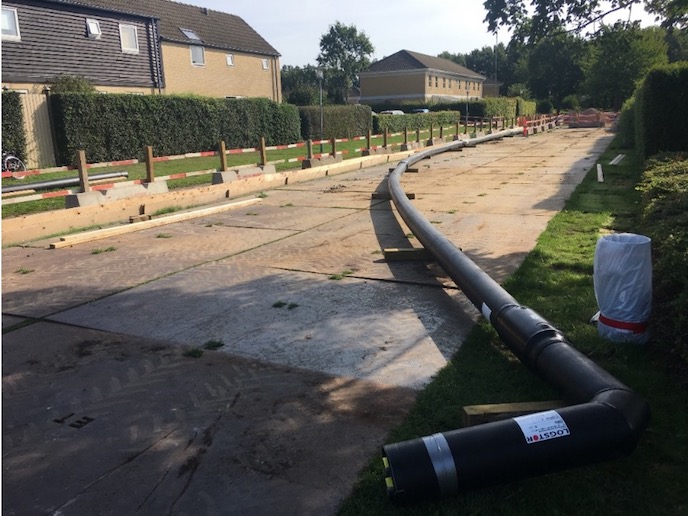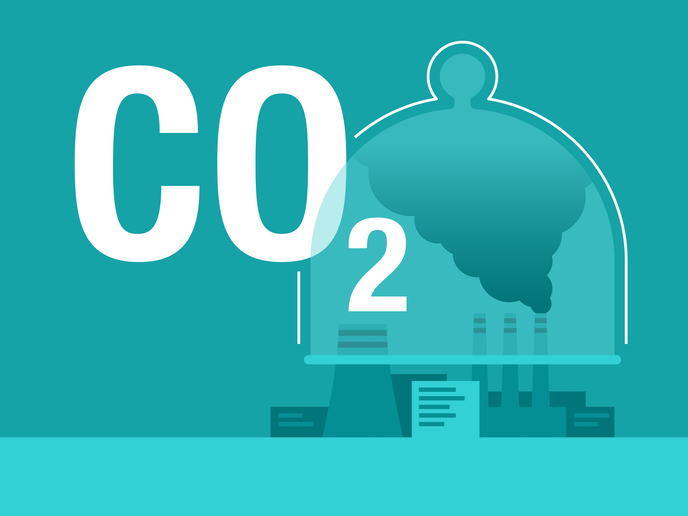Warming neighbourhoods with recycled heat
The current energy crisis is fuelling fresh interest in district heating as an effective means of delivering low-carbon energy. Enabling such systems to run on surplus heat at low temperatures could further reduce our reliance on fossil fuels to heat residential buildings. In fact, if Europe were to exploit 50 % of waste heat, it would be able to replace 100 % of current natural gas used for heating buildings in Europe, according to the Heat Roadmap Europe project. The EU-funded COOL DH project successfully delivered a broad range of methods and tools for making this possible and demonstrated their effectiveness in real-life scenarios. The project team deployed low-temperature district heating (LTDH) solutions in an existing city district of Høje-Taastrup, Denmark, and in an entirely new district in Lund, Sweden.
Implementing low-temperature district heating
In the Østerby district of Høje-Taastrup, Denmark, the traditional local district heating system was converted to operate at low temperatures. This allowed the system to use heat generated by a heat pump connected to a photovoltaic installation at a local shopping mall. In another subdistrict, it used surplus (otherwise wasted) heat from the cooling machines of a bank’s data centre. The district heating system was also refurbished. “Before this project, the heat loss through local distribution pipes in Østerby district was being paid by the tenants themselves,” says Reto Michael Hummelshøj, leading project manager at the engineering consultancy COWI, the company coordinating the project. “This amounted to more than 35 % of the cost of heat paid for.” The project managed to reduce heat losses to less than 16 % of the delivered heat, in part through lowering the network temperature. The system serves a total of 159 dwellings, and the project’s demonstrations in Høje Taastrup together save over 600 tonnes of CO2 every year. In the new Brunnshög district of Lund (Sweden), the main source of low-grade waste heat is a particle accelerator at the MAX IV research facility. This heat is made available to the district through a network set to become Europe’s largest LTDH facility, also drawing on other renewable energy sources.
Polyethylene with raised temperature resistance
One of the project’s key innovations was the development of a new type of PE-RT pipe, which uses weldable polyethylene with raised temperature resistance. These pipes offer benefits including easier deployment (as they can literally be rolled out), a leak detection system, better insulation and operation at higher pressures of up to 13 bar in LTDH systems, enabling reduced heat loss. Several kilometres of PE-RT pipes were installed at both demonstration sites. The pipes also open up the possibility of using electrofusion welding. When this process is standardised and approved for use in LTDH systems, it could help remove a major bottleneck, Hummelshøj explains: “There is a lack of certified steel welders. Electrofusion fittings would enable normal workers to connect pipes with just a few days of training.”
Saving potential on the utilities side
Since project completion, an industry member of the project consortium has gone on to commercialise the new PE-RT pipe. “Based on their experience in the project, a manufacturer has been able to launch new pipe types as part of its product range, under the brand LOGSTOR PertFlextra,” adds Hummelshøj. “There are several ongoing projects which are to use these plastic pipes to supply areas with modern low-temperature district heating.” Hummelshøj notes that several other manufacturers are also bringing new pre-insulated multilayer plastic pipes to the market. Furthermore, new fittings are in the pipeline – one type on the way is electrofusion muffs as used in pipes for drinkable water. “The most important lesson is that pipe distribution systems should not be neglected in refurbishment schemes,” remarks Hummelshøj. “Too many renovation projects focus on improving the building envelope and forget the big saving potentials on the heat distribution side. These were clearly underlined throughout the COOL DH project.” Another learning from the project is that taking common decisions in housing associations can be difficult. “The consequences for each tenant must be calculated, and the benefits clearly explained in order to get a majority when voting for changing the heating system,” concludes Hummelshøj.
Keywords
COOL DH, low-temperature district heating, district heating, LTDH, surplus heat, energy crisis







